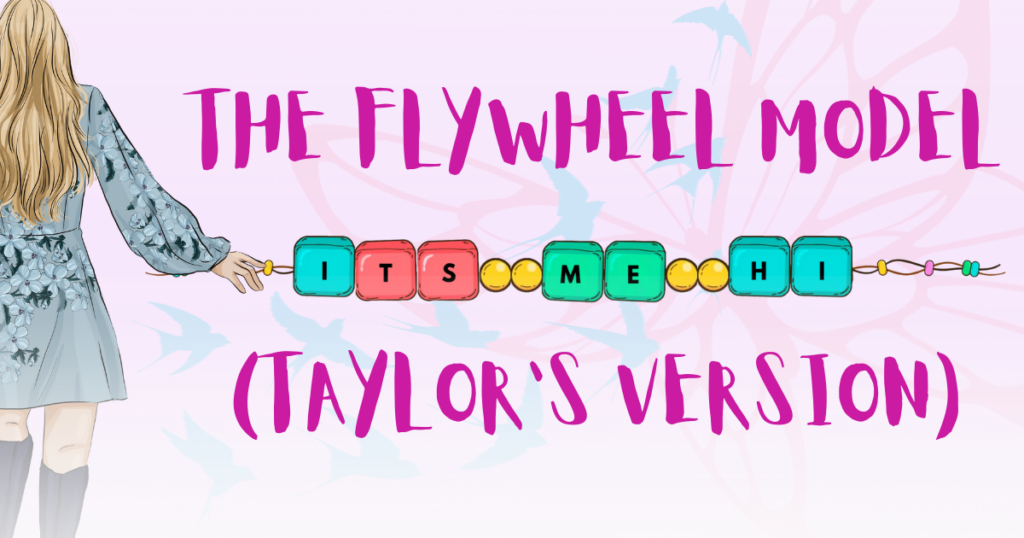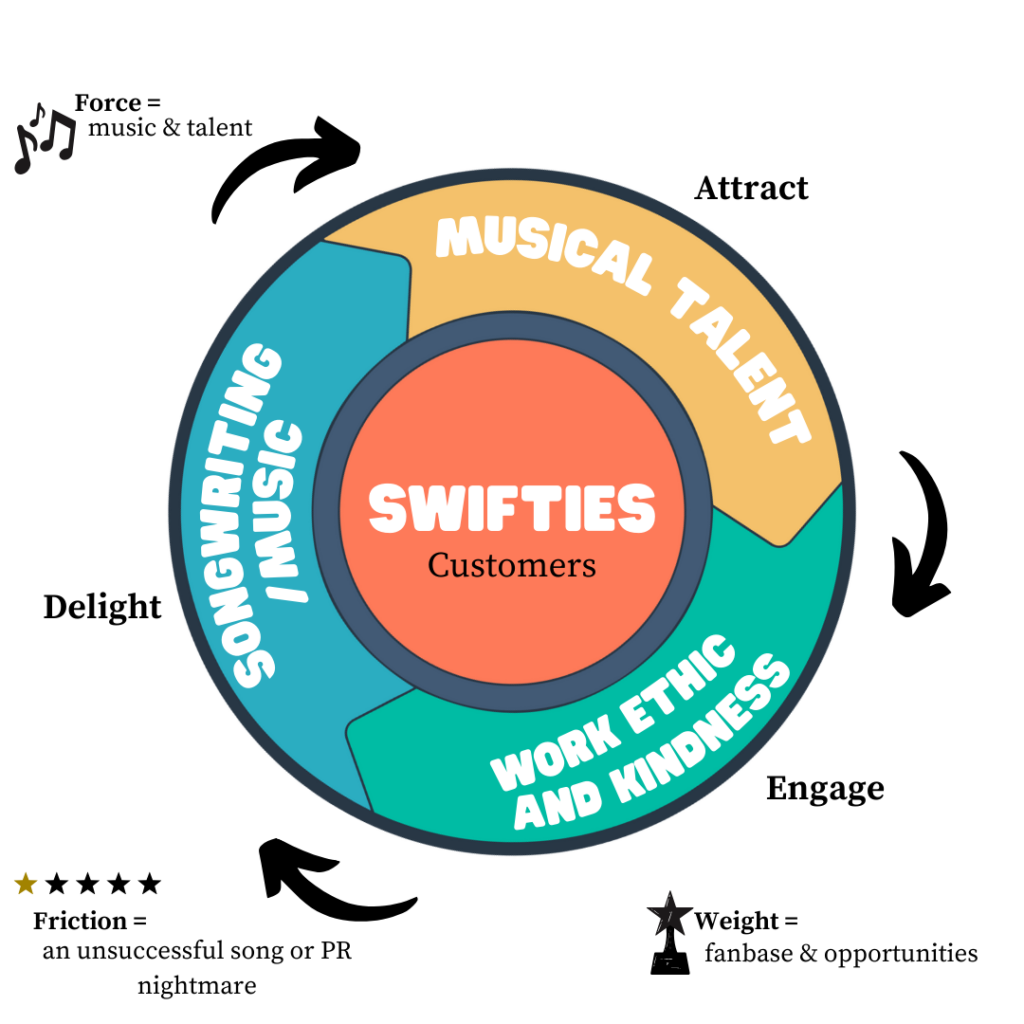
It’s the holiday season, which means it’s time to implement your holiday marketing strategies! This can mean many things, from sending out cards to your most loyal customers to creating a targeted campaign that is donation-based.
There is so much potential to grow your business around the holiday season, but it may feel a little overwhelming. Slice is here with some simple, yet strategic, tips to ensure you’re growing your business.
And it all starts with The Flywheel Model.
What is The Flywheel Model?
The Flywheel Effect is a concept created by American researcher and author, Jim Collins and was first discussed in his 2001 book, Good to Great: Why Some Companies Make the Leap and Others Don’t. This concept soon transformed into The Flywheel Model, and is consistently utilized in marketing today.
At its core, The Flywheel Model is all about creating and maintaining momentum.
If you want your company to grow, you must be organized, engaging, and have exceptional customer service skills.
How the Flywheel Model Works
Customers are at the very center of this model. Consumers love to hear thought leaders say, “our customers are at the heart of everything we do,” and the Flywheel Model captures this by visualizing the impact of marketing.
An excerpt from Good to Great:
“Picture a huge, heavy flywheel—a massive metal disk mounted horizontally on an axle, about 30 feet in diameter, 2 feet thick, and weighing about 5,000 pounds. Now imagine that your task is to get the flywheel rotating on the axle as fast and long as possible. Pushing with great effort, you get the flywheel to inch forward, moving almost imperceptibly at first. You keep pushing and, after two or three hours of persistent effort, you get the flywheel to complete one entire turn. You keep pushing, and the flywheel begins to move a bit faster, and with continued great effort, you move it around a second rotation. You keep pushing in a consistent direction. Three turns … four … five … six … the flywheel builds up speed … seven … eight … you keep pushing … nine … ten … it builds momentum … eleven … twelve … moving faster with each turn … twenty … thirty … fifty … a hundred.”[b]

The Flywheel Model (Pictured)[c]
Before you try to successfully implement this model, you must consider what is your force. The force is what you put into the flywheel to have it spin and help grow your business. For example, hosting a fundraiser that gives back to the community.
Once you have a good idea on who your target audience is, begin to attract them with relevant content. This will create relationships by engaging them in your business’ service(s).
As you satisfy the customer and build rapport, the flywheel begins to move. The more customers you have means the flywheel will gain more momentum and grow bigger and spin faster, (the weight).
Don’t get impatient; it takes effort to get it spinning!
Never get too comfortable. Instead, continue creating content for your target audience and actively engaging with customers to further build relationships.
As soon as your customer feels unsatisfied, friction occurs. Friction will slow down the flywheel and eventually, may cause it to stop completely. If this happens, it’s time to take a step back and think: ‘What specifically is causing this and what can we do to fix this?’ This may be a good time for a strategy re-fresh.
Remember, the Flywheel Model does not just reflect social media marketing. You may need to work on getting proper PR coverage on events in a local newspaper or cut the length of your emails in half for easier readability.
Put yourself in your customers’ shoes.
The Flywheel Model (Taylor’s Version)
When looking at successful businesses and brands, it may be beneficial to picture their own version of a Flywheel.
Taylor Swift, who has been noted quite literally as “the music industry,” is just one great example. To help you visualize how this model works, I made a version specific to Swift that shows how she attracts, delights and engages her customers (the Swifties).

The Power of Surround Sound
In chapter six of Slice’s book, Pay Attention!, CEO Cass Bailey and CSO Dana Schmidt discuss why “one touchpoint will never be enough” when it comes to getting, keeping, and using attention.
Take a look at Slice’s Attention Model here!
In order to convey the message you want, it’s important to combine PR, emails, and social media for audiences to take notice.
The Flywheel Model can help your business grow by keeping everything customer-centric. Surround Sound Marketing reminds you to overlap the ways you spread your messaging.
Keep this in mind when brainstorming your holiday marketing strategies, so you “fly” into 2024 with great momentum!